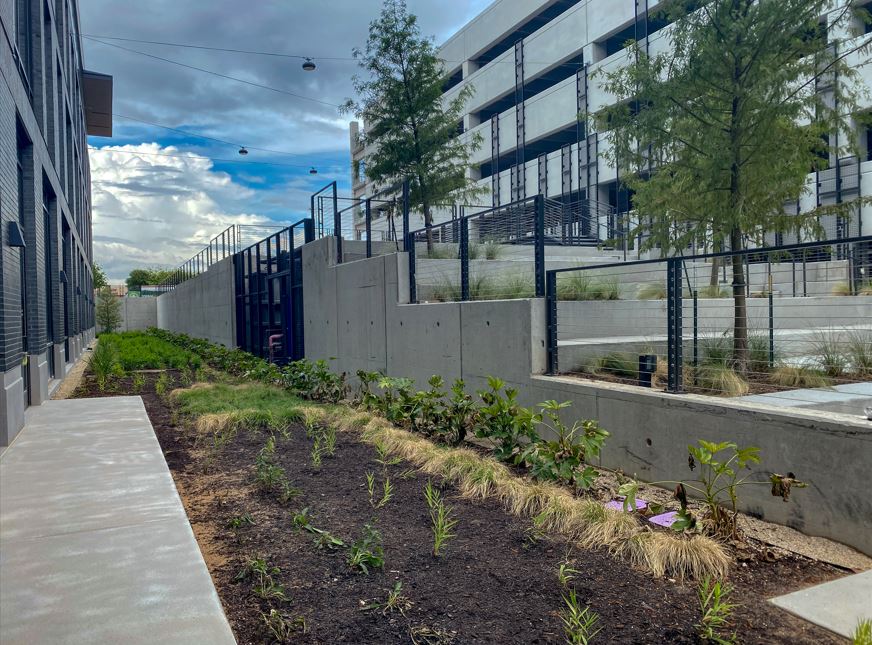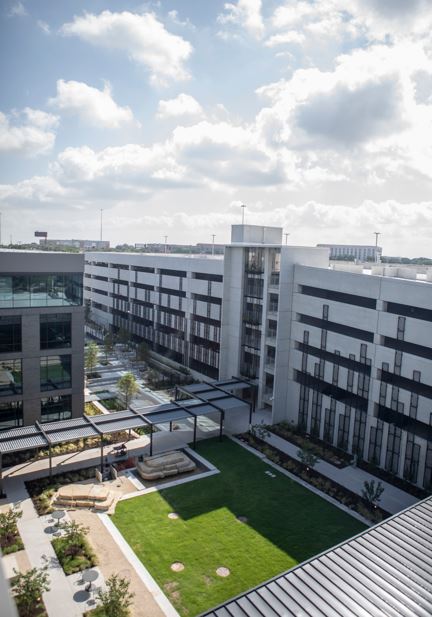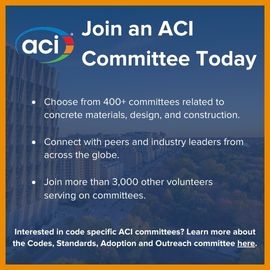
Austin’s Permitting and Development Center Demonstrates the Future of Water Reuse
The City of Austin, Texas is at the forefront of water reuse and wants everyone to see its potential when they come into the new Permitting and Development Center.
Water sustainability is becoming one of the biggest challenges of the 21st century, especially for growing cities that are already experiencing drought and other obstacles.
The City of Austin, Texas, plans to counter this challenge with Water Forward, an adaptive, 100-year integrated water resource plan that was adopted in 2018. This plan includes multiple strategies, including a requirement for on-site water capture and reuse in new commercial and multi-family buildings.
Piloting the Water Forward Plan
According to Katherine Jashinski, Supervising Engineer of the On-Site Water Reuse Program at Austin Water (the city’s water utility), education is another key strategy for advancing Water Forward. To that end, the utility partnered with Austin’s Development Services Department (DSD) for a pilot demonstration project that would help educate the public about this new initiative.
“At the time it was fortunate that DSD was building a brand-new Permitting and Development Center (PDC),” said Jashinski. “This is where you come get your building trade permits and where all of the development plans are reviewed by the city.”
The 260,000 square foot complex is located on a five-acre tract and is comprised of two buildings. There’s enough space for up to 1,000 employees, and with thousands of homeowners, contractors and builders walking through the door every year, DSD saw an opportunity to demonstrate the potential of water reuse.
“New buildings are where you want to implement these types of strategies because you’re starting from scratch and putting in the plumbing for the first time,” said Jashinski. “We were able to incorporate two separate water recycling and water reuse systems.”
The first system is OSCAR, an On-Site Collection and Reuse solution for rainwater and condensate – two sources of water that don’t require a lot of treatment when recycled for non-potable use. The PDC uses this water for landscape irrigation.

The second system is CLARA, a Closed-loop Advanced Reclaim Assembly that treats the building’s wastewater. The wastewater coming out of the building is much dirtier than rainwater and condensate, so the PDC uses a hybrid membrane treatment process to successfully clean the water before it is recycled back into the building for toilet and urinal flushing.
With OSCAR and CLARA, the PDC uses approximately 75 percent less drinking water than a typical commercial building of similar size.

“We proved that it’s all feasible to install and operate these systems,” Jashinski boasted. She believes that water reuse systems will become as common as other building innovations throughout history, such as elevators, which are now a necessity. “In Austin, it’s the future for these large buildings moving forward.”
Clearing a Path Toward Sustainable Water Reuse
As a new project, challenges were inevitable. Some people wondered if the PDC’s planned water reuse measures were allowed under the current codes and regulations. Even the Texas Commission on Environmental Quality weighed in and ultimately had to give their approval before the building could be completed.
“There were definitely questions we had to answer,” Jashinski recalled. “And that added some additional time to the review process in order to get everyone comfortable with the concept. But the benefit to that [process] was that [we developed] a proof of concept. Now the next one that comes through, we have an example to point to and say, ‘Oh yeah, that’s just like the PDC project.’ That was also one of the goals of the project – to get people used to seeing water recycling within buildings.”
Austin Water had already established a good working relationship with the various city departments, which greatly helped as they worked through any issues together. One specific challenge involved the existing rules for biosolids.
“Because we’re treating wastewater on-site, we’re concentrating on what we’re putting into the sewer,” said Jashinski. “Even though it’s just a small amount [of biosolids], there’s a state law prohibiting the discharge of those things into the sewer. That was more of a conflict at the state level that people weren’t aware of, so we had to recognize that this is something that had a specific intent. We don’t want people dumping anything into the sewer because we must then treat it. But this is a special case. The only way you can do these types of systems is if you have the sewer as a backup.”
“There were some issues we had to work through to get everyone on the same page,” she concluded. But Jashinski said she was “pleasantly surprised” that the process still moved at an acceptable pace.
Empowering Sustainable Development
Austin’s new Permitting and Development Center opened in July 2021 with the goal of offering a new take on the development experience. While many virtual options have been made available to the Austin community, the PDC brings everything together in one place, providing in-person service for both residential and commercial customers.
“One of the first stages in the development process is we have the project team fill out a water benchmarking application, which we’ve developed based on the building use and how big they are and how many employees/occupants they’ll have,” Jashinski explained. “The benchmarking application breaks down the different ways that water is used within their projects.”
This is when applicants will learn how much water they’ll need for flushing toilets, irrigation, drinking, and more.
“We also tell them about all of the incentives that the utility offers to [help them] reduce their water demand, such as rebates for water efficient fixtures and for water recycling systems,” said Jashinski. “We provide them with that information and share a calculation for how much their utility bills will go down if they implement the water efficiency measures. That’s the first step.”

Commercial and multi-family buildings (250,000 square feet or larger) were initially incentivized to deploy water reuse solutions voluntarily, but Austin has now moved into the mandatory phase for certain projects.
“It’s now become a code requirement that you capture rainwater and condensate and reuse that for toilet flushing, irrigation and cooling, the things you don’t need drinking water for,” Jashinski added.
Austin also has a recycled water main network of purple pipes that pump highly treated water effluent back into the city. If a large building is within 500 feet of the purple pipes, the builder can choose to connect to that network instead of installing an on-site water reuse system. This is part of Austin’s GoPurple program, which is part of the Water Forward plan.
The city estimates that all of these initiatives will lead to massive water savings over the next two decades. On-site water reuse could save six million gallons of potable water every day by 2040, and if reclaimed water use is expanded, the savings could increase by 10 million reclaimed gallons to a total of 16 million gallons.
If you would like to learn more about resources and support for plumbing code adoption, visit the Code Council’s PMG webpage.








